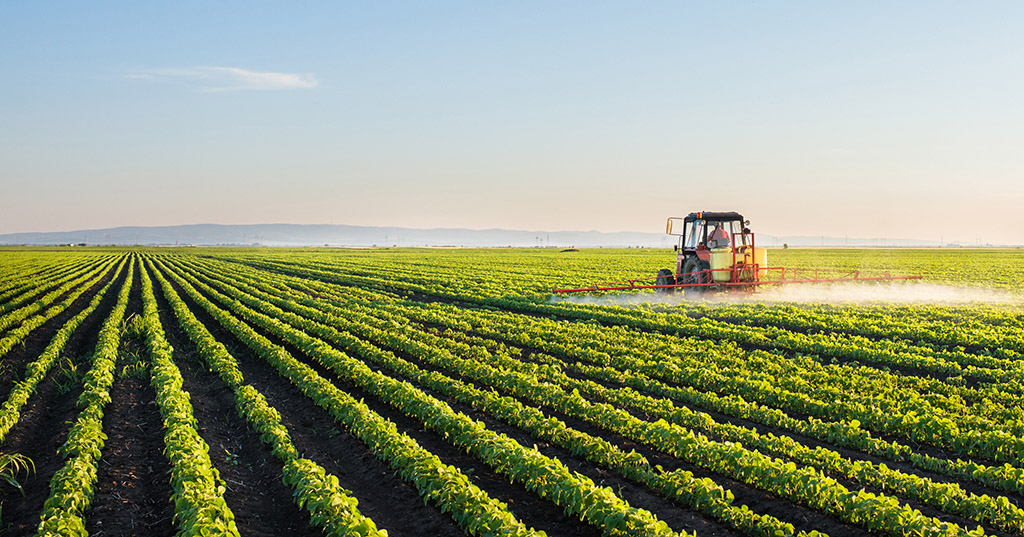Across all of Brazilian agriculture, pesticide use rose 1.6-fold between 2000 and 2012, and increased 3-fold in soybean production. The majority of these increases were driven by pest management challenges on fields planted to genetically engineered (GE) corn, soybeans, and cotton.
The land area in Brazil devoted to GE crops rose from 3 million hectares in 2003 to 42.2 million hectares in 2014 (about 103 million acres; ~150 million acres of GE crops were planted in 2014 in the U.S.).
Herbicide use per hectare of GE soybeans in Brazil has risen to around 10 kg/hectare, or about 9 pounds per acre — more than three-times higher than average herbicide applications on GE soybeans in the U.S. The heavier applications are required to control aggressive weeds that can grow rapidly in the semi-tropical conditions common in many regions of Brazil.
Pesticide use in Brazil has risen three-times faster than production per hectare. Each 1% increase in soybean production has been accompanied by a 13% increase in pesticide use, suggesting that the efficacy of GE-based pest management systems is slipping.
Source:
Soares de Almeida et al., “Use of GE crops and pesticides in Brazil: growing hazards, Scielo, January 2017.

